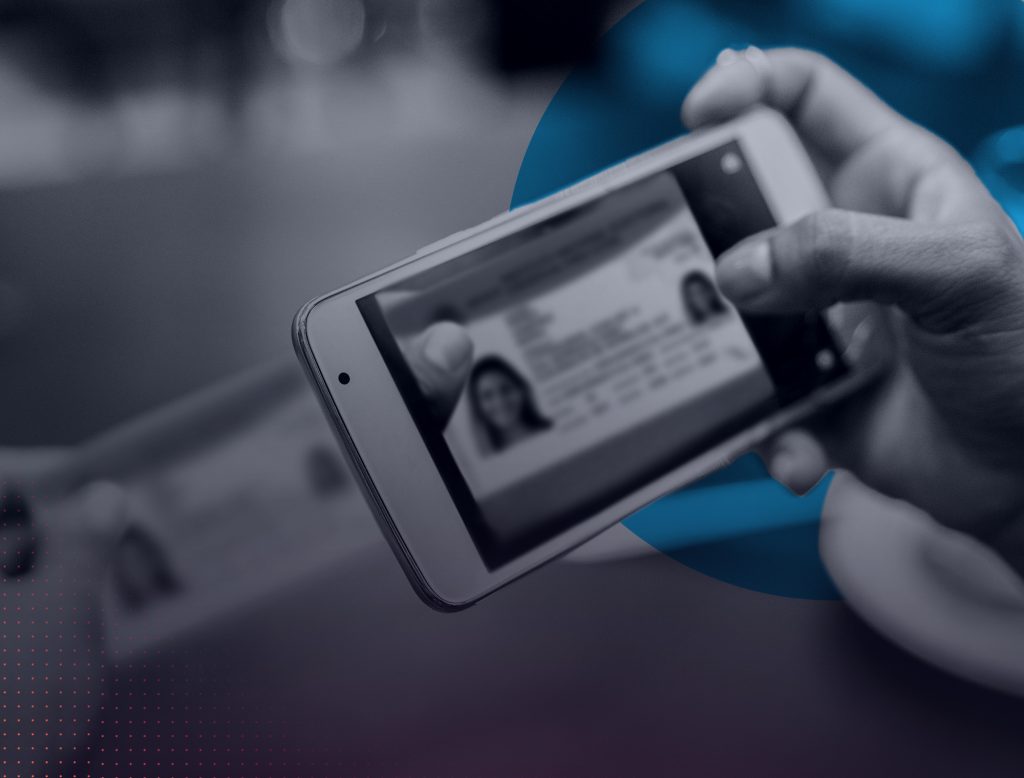As in other sectors, the insurance industry has also been influenced by recent technological developments, and the term insurtech has been coined for those startups that rely on technology to establish their business model. In this paper, we discuss how insurtechs can be classified, and how digital identity technologies can help accelerate their successful adoption.
In the same way as the fintech sector, and partly due to the interest that it has withdrawn, Insurtech is based on the use of technology to innovate in the insurance sector, which has led to large investments in startups in the sector, such as the company Lemonade which is in charge of offering home insurance and in 2019 had raised investment for USD 490 million [FT2019], or Oscar which offers health insurance, and raised USD 1200 million in its IPO in 2021 [IBA2021].
One of the most striking elements of this type of companies is their ability to use different information points of individuals or sectors to minimize risk and offer more personalized services. However, other types of technologies such as blockchain through smart contracts, or IoT and the ability to integrate many sources of information through sensors, are also emerging as tools that can help to generate innovative business models.
From a general point of view, the use of technology in this sector can simplify business processes, speed up the sale of products using different channels, and also help the offer to be more in line with customer needs. It is precisely in these last aspects where identity validation is a very important element, since it helps a person to buy a product without having to be in an office or schedule a meeting. Additionally, information gathering techniques can help to make a risk analysis that also speeds up the purchasing process.
In the next sections of this document we will use a classification of the current insurtech industry defined in the literature to understand the possibilities of the sector, and then explain in detail how these categories are related to identity validation and its benefits.
What types of Insurtech exist?
Due to the newness of the sector, it is difficult to find precise categories in the literature. However, in [BF2017] a very interesting classification is made that gives a good idea of what existed in 2017. This paper defines 9 categories: “i) Comparison portals, ii) Digital brokers, iii) Cross-selling insurers, iv) Peer-to-peer insurance, v) On-demand insurance, vi) Digital insurers, vii) Insurers’ software and Analytics and Big Data, viii) Internet of things and ix) Blockchain and smart contracts”.
The case of comparison portals is one of the best known in our region, where there are web pages where different insurances are offered, and the user can clearly see the price and characteristics of each one of them. For example, if a user wants to buy a travel insurance, he only has to enter the dates of travel, the continent and different offers with variable coverage that can be purchased immediately will appear.
Digital brokers take advantage of digital channels to serve as a vehicle between insurers and customers, so they have become an ally of the former, and their added value to the latter is based on an immediate response that leverages digital tools. For example, a user can access information about their insurance using mobile apps, messaging systems such as WhatsApp or videoconferencing, resulting in a faster experience for users.
Cross-selling insurers allow digital sales channels to be integrated with insurers’ products. For example, if a customer buys a cell phone through his mobile operator, he is immediately offered insurance against damage or theft. In this case, the user can take advantage of the opportunity to access the insurance of interest immediately, without paperwork or cumbersome procedures, as it is part of the same process of purchasing the cell phone.
Peer-to-peer insurance refers to products that are consumed by groups of people such as family members, friends or business partners. In this case, if the group does not have the need to use the insurance during the time of validity, all members receive a bonus at the end of the year, becoming an incentive to avoid reckless behavior for example when driving, in the case of vehicle insurance [BF2017].
On-demand insurance relies on immediacy, and flexibility in defining its coverages. Again, [BF2017] mentions examples of vehicle policies that only apply when driving, travel insurance that is only activated once a plane has been boarded, or home insurance that is only used while being rented on home rental platforms.
Finally, digital insurers seek to use digital technologies to impact the entire insurance business, so they are companies that are born completely digital, and which have an easier time adapting to new technologies and new channels that customers prefer. In these cases, the use of technologies such as big data and data analysis can be part of the core of the business, helping to offer personalized insurance as in the case of the aforementioned company Lemonade.
Identity and Insurtech
As we saw in the previous section, the Insurtechs that currently exist take advantage of the immediacy offered by digital technologies to provide users with access to products without forcing them to go through cumbersome processes, to travel physically, or to depend on the availability of a commercial location. From this point of view, integration with remote identity validation processes is completely natural, since they are based on ensuring that a remote customer is who he/she claims to be.
Remote identity validation processes require a compromise between the security offered to the transaction and the user experience. Therefore, one of the most widely used methods to ensure that the person who wants to access the service is who he/she claims to be, is facial biometrics, which has a sufficient level of maturity to guarantee its operation in a normal cell phone. However, this method has challenges, which we discussed in more detail in [RID2020]. Additionally, to corroborate that the official credentials presented by the user are real, a photo of the front and back of the identity document is usually requested. The information obtained is used to compare the selfie that the user takes with the photo on the document, and also to verify that the information on the document is the same as the one in the official records of each country.
On the other hand, customer knowledge is fundamental in this type of process, but due to the insurtech context, this must be done automatically, without requiring any effort from the user. Searching international, national or open source databases is very useful to help strengthen KYC processes, and with today’s technology it is possible [RID2021]. A relevant aspect to organize and make sense of this type of information is text analysis, which can be useful to relate different sources of information that separately would not be relevant [RID2020c].
The combination of these methods ensures that the identity presented is legitimate and also reduces the friction generated by face-to-face processes, which makes them well suited to the context of insurtechs, which as we saw earlier seek to take advantage of immediacy and better adapt to the needs of users.
Conclusions
The insurtech industry has generated a lot of interest due to the ease with which it can approach users to offer products and adapt to their needs. These capabilities are largely due to technological developments that have already transformed other industries. Remote identity validation is a key element in enabling a seamless and secure experience for different categories of insurtech companies, because it relies on the immediacy and flexibility of digital technologies.
Diego Pacheco-Páramo
Bibliography
[FT2019] Insurtech start-up Lemonade raises $300m https://www.ft.com/content/051c7858-5bdb-11e9-9dde-7aedca0a081a
[IBA2021] Oscar Health raises over a billion dollars in initial public offering https://www.insurancebusinessmag.com/us/news/healthcare/oscar-health-raises-over-a-billion-dollars-in-initial-public-offering-248137.aspx
[BF2017] The current InsurTech Landscape : Business Models and Disruptive Potential. A. Braun and F. Schreiber. I.VW HSG Schriftenreihe, No. 62, ISBN 978-3-7297-2009-1, Verlag Institut für Versicherungswirtschaft der Universität St. Gallen, St. Gallen
[RID2020a] Detección de Suplantación de Identidad en Algoritmos de Reconocimiento Facial. M Bastidas, 2020. https://reconoserid.com/deteccion-de-suplantacion-de-identidad-en-algoritmos-de-reconocimiento-facial/
[RID2021] Fuentes abiertas, limitaciones y estrategias de consumo . R. Manrique. 2021. https://reconoserid.com/fuentes-abiertas-limitaciones-y-estrategias-de-consumo/
[RID2020c] Modelos secuenciales para procesamiento de lenguaje y su aplicación a procesos de validación de identidad. R Manrique. 2020. https://reconoserid.com/modelos-secuenciales-para-procesamiento-de-lenguaje-y-su-aplicacion-a-procesos-de-validacion-de-identidad/



